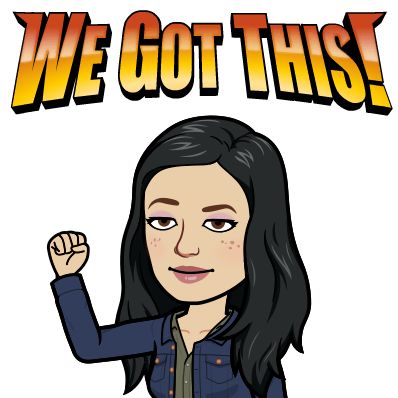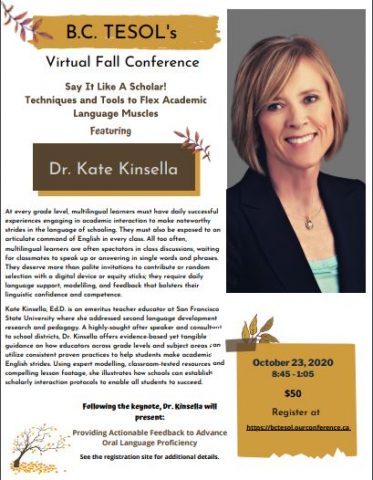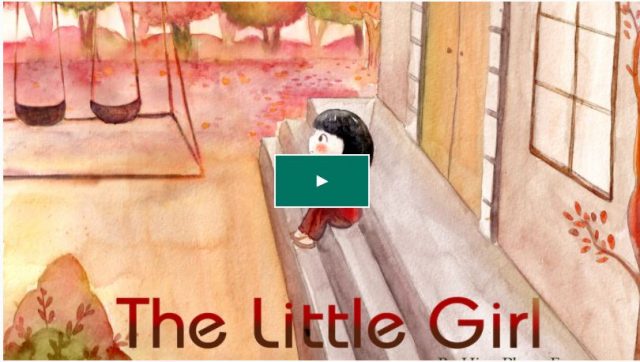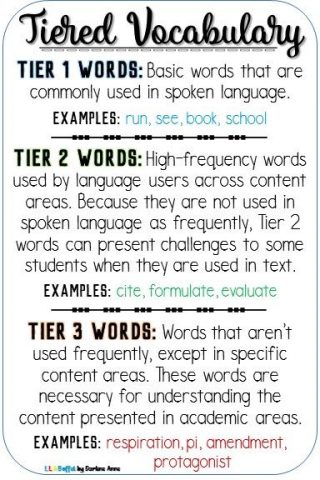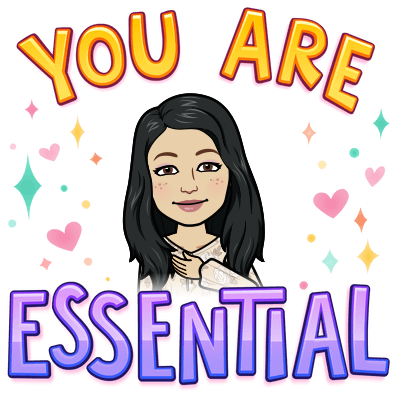And We’re Off…
Today is the first day of full in-person classes since March. Be patient with everyone, including yourself as we find our new groove.
ELL Blog
This is the last email blast from us. Starting next week, the Monday Mash-up will only be posted on the ELL Blog and our ELL Microsoft Teams. If you want to get it in your email, we recommend subscribing to the blog to get notifications.
As We Welcome Students Back
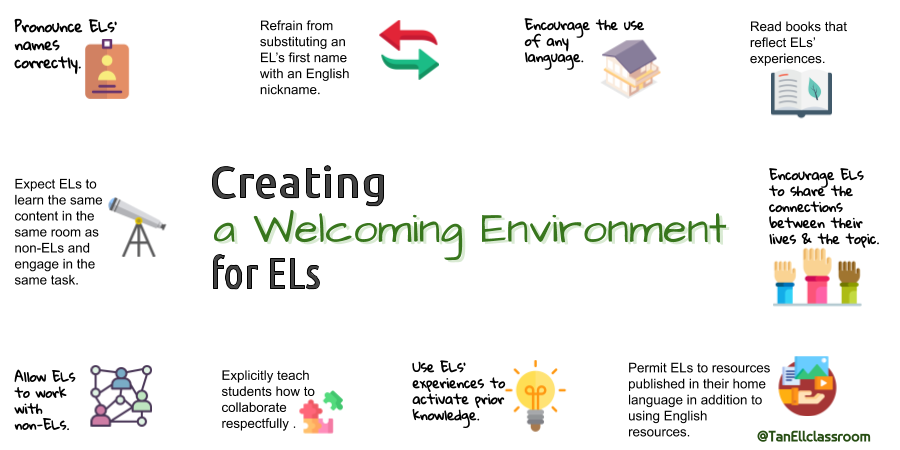
Tan Huyhn wrote this powerful list of ways we can welcome ELs but we think it is useful to remember for all students. Most then ever, it is necessary to make students feel we want them to be in our schools and classes. You can read the full blog post here: https://www.empoweringells.com/welcoming-environment/
Redesigning Social Language
Sajeeda at Monticito created an excellent series of lessons called “Redesigning Social Language” to help students understand and take ownership of our new social norms. With content and language objectives, it will be useful to ELL and classroom teachers alike. It is shared below with Sajeeda’s permission.
FAQs
What should teachers do with ELL files of students who are in transition, remote learning, or distance learning programs?
All ELL files should remain at their current school unless a student has moved in-person to another school in the district. Please see the powerpoint from last week’s September Start Up meeting regarding students you have moved out of district. There is a checklists for exiting students in the Handbook. Please refer to that as well.
Can teachers update the AIP to reflect the students’ current progress?
ELL teachers can update reassessments to reflect students’ current levels. However, in order to receive Ministry funding, there needs to be a signed AIP dated before September 30, 2020. Do not change initial assessments but create and print a reassessment.
Why do new internationals only have an oral assessment?
Due to quarantine guidelines, new international students were only able to remote oral assessments. Please do a reading and writing assessment with them when they join schools.
Who needs reassessing?
Any returning students whose reassessments were not completed in the spring. These can be done in-person or remotely with the same variety of assessment protocols as we were using in the spring.
September ELL Teacher Checklist
As of September 30th, 2020,
- a current 2020-21 Annual Instruction Plan ( AIP) for each student, signed* by an ELL specialist and dated
- a current assessment/reassessment of speaking, reading, and writing
- demonstrated ELL services (for all students) are in place (timetable, log)
(An ELL teacher must have directly supported or consulted with the classroom teacher with documentation.)
SUPPORT MUST BE CONTINUOUS FOR EACH STUDENT THROUGHOUT THE SCHOOL YEAR (September-June). This ongoing support may vary (e.g. flexible groupings) according to the needs of the student as determined in collaboration with the classroom teacher.
Upcoming Events
Secondary SIOP meeting-September 17th, 3:30 on TEAMs (invites sent)
ELL reassessment workshop-September 16th, 3:00pm on Zoom. Please email Michelle to be invited.
Have a great week!
